|
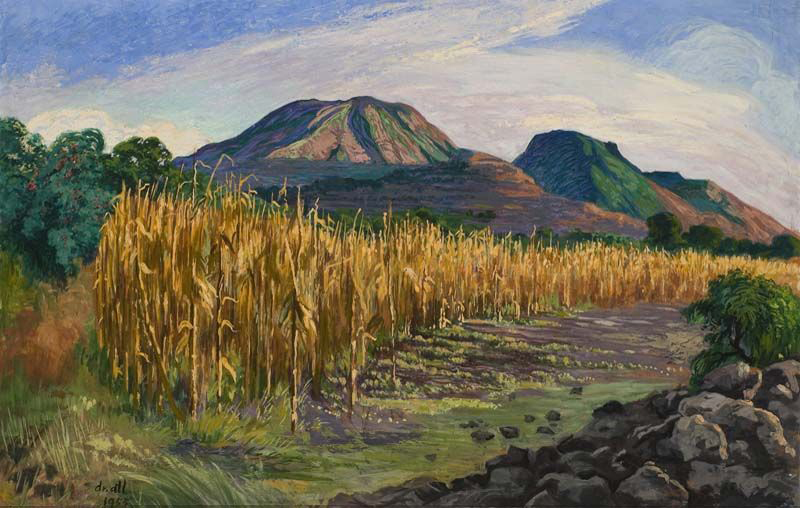
by Alberto Lenz
The Mexican Revolution of 1910 was a social movement of rupture and change that was developed on all fronts of society and that involved all social sectors. Intellectuals, independent professionals and small and medium-sized entrepreneurs saw in the Revolution the possibility of ending the increasingly repressive political dictatorship of Porfirio Diaz. Peasants and workers took to the armed struggle to end the practically slave-like working conditions that predominated in haciendas, mines and the first industrial factories.
Mexican artists of the early twentieth century also raised their voices to promote an artistic revolution accompanying the social revolution. These artists demonstrated against the sharp academic conservatism prevailing at that time. They spoke out for a new path aimed at generating a "popular and socialized" art, linked to national issues and problems. They advocated a "new Mexican art" that expressed the ideals and interests of the revolutionary society that was being born, They championed a movement that would recover the cultural traditions of the people and the pre-Columbian artistic expressions. This was the primordial element with which to create "a new civilization extracted from the very bowels of Mexico."
In all this scenario of change and gestation, the names of the great muralists, Siqueiros, Orozco, Rivera, O'Gorman, Charlot, appear occupying the first plane of history. However, the initial driver of the artistic movement that would lead to Mexican muralism was Gerardo Murillo, known by his nickname, "Dr. Atl."
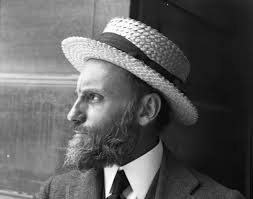
A man of many talents and interests, he was devoted to painting as to literature, philosophy, astronomy, urban planning and volcanology. Dr. Atl was an activist, committed to the Mexican Revolution. He participated in the struggle, organizing battalions, publishing brochures and newspapers (in which Orozco and Siqueiros also participated) and collecting financial resources to finance the revolutionary armies.
Born in the city of Guadalajara in 1875, Gerardo Murillo began his apprenticeship in art in the cities of Rome and Paris, thanks to a grant awarded, paradoxically, by President Porfirio Díaz. Being then in Europe, he came into close contact with leftist thinkers, particularly Marxists and anarchists. This association led him to his first participation in civil rebellions, such as the 1900 university strike in Rome. But what was undoubtedly more important for the development of Murillo's artistic development was his full insertion in the international artistic community of Paris, established at that time in the hills of Montparnasse.
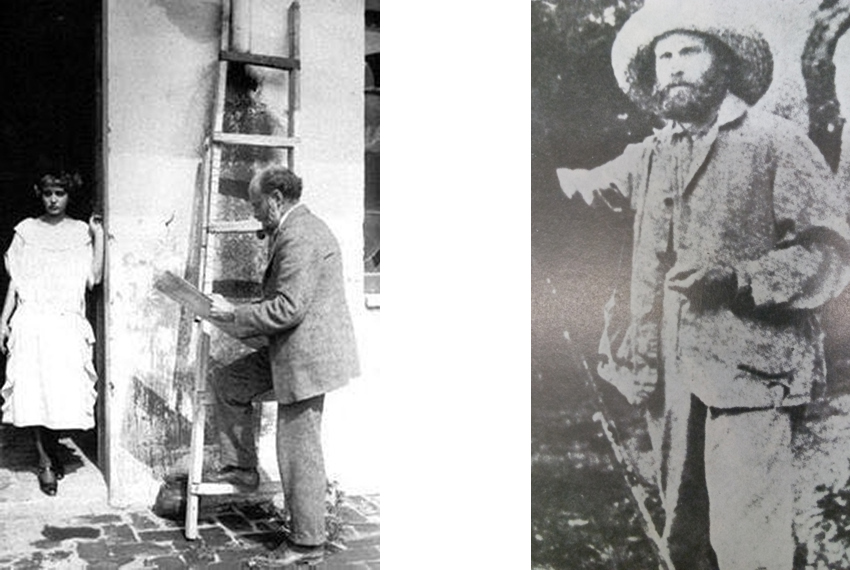
Gerardo Murillo returned to Mexico in 1903. He arrived garbed with a certain notoriety as a painter, since with a famous "Self-Portrait" he had won the Silver Medal in the Salon de Paris in 1900. But above all he returned with the spirit of experimentation of the European avant-garde and also with the fervent idea of making a rennaisance of monumental art in Mexico, a rebirth inspired in this case by the great murals of the Italian Renaissance.
In 1906, he published a "Manifesto" in which he called on Mexican artists to take the path of a public art linked to the search for national identity and the problems of the people. About this document, Siqueiros tells us: "The adult artists and the professors of the old Academy of San Carlos were not interested in Dr. Atl's manifesto. We, the university students, then teenagers or almost children, received the message."
A man of action, Murillo soon passed from ideas to deeds. In 1910 he organized, quickly, improvised and without official support, a first major exhibition of fifty painters and ten Mexican sculptors promoting artistic change. His exhibition was organized in response to the main official exhibition, organized by the Porfirista government to commemorate the Centennial of National Independence, which curiously showed only works by Spanish artists.
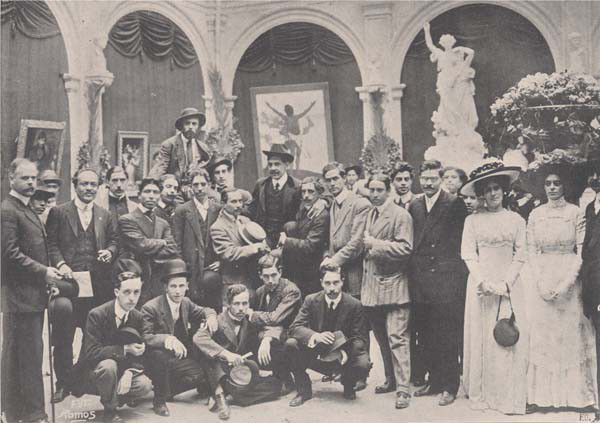
José Clemente Orozco, who participated in this transcendental exhibition, narrates that Dr. Atl managed to integrate a dynamic, varied and innovative exhibition of the work of the Mexican artists of the time. Further that this exhibition not only achieved great public success, but that it became the platform for the group of artists called the "Artistic Center." The "Artistic Center" emerged from it with the explicit and priority purpose of getting walls in public buildings on which to paint murals.
The life of Dr. Atl was not only defined by his multiple intellectual interests, but also by a certain whirlwind of passions that would mark practically all the dimensions of his existence. Famous is his torrid relationship with Nahui Olin, with whom he lived for a time in a humble room on the roof of the Convento de la Merced in Mexico City.
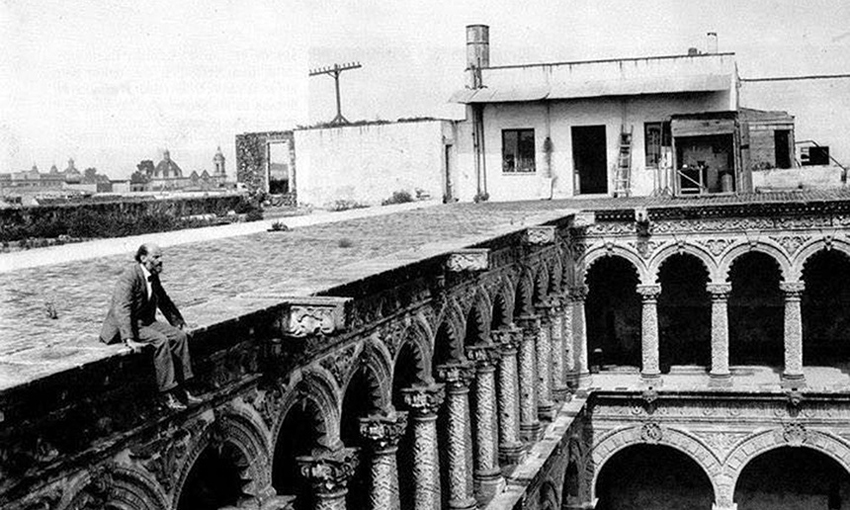
Famous also is his obsession with volcanoes, which he studies with scientific rigor and paints with exceptional mastery, creating works that perhaps represent his greatest legacy as a painter. And one must not forget his great landscapes painted as seen from an airplane. These famous "aeropaisajes" were undoubtedly very innovative in the landscape painting genre.
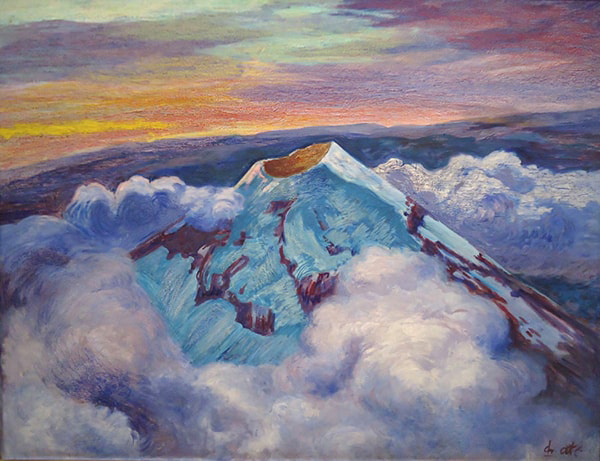
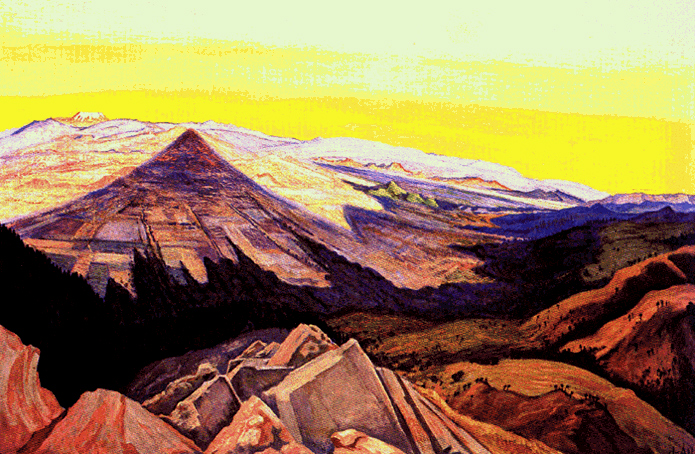
In the history of Mexican modern art, Dr. Atl quite rightly appears as the intellectual pioneer of the Mexican mural movement. He shares this position with Jose Vasconcelos, Secretary of Public Education in the postrevolutionary government of Alvaro Obregón, who was in charge of channeling the walls and the public monies to the artists of the nascent movement. However, Dr. Atl's own scanty mural work has disappeared and is not significant in his artistic work. When muralism was already in full swing and the first large murals emerged, Dr. Atl seems to have distanced himself from the movement. He did not insert himself into the groups of artists that emerged to develop it. His first large murals, made at the beginning of the twenties in the former College of San Pedro and San Pablo of the Mexican capital, were destroyed and only some photographs of them are preserved. In good condition but little known by the public, a minor mural is preserved in one of the courtyards of the Castillo de Chapultepec. Entitled "Panoramic View of the City of Puebla," the work reflects Dr. Atl's great interest in colonial architecture. However, the truth is that it would not be him, the brilliant avant-garde artist, committed to the change and promoter of the new Mexican art, who would take muralism to the very high levels that this movement reached with the great masters who followed him.
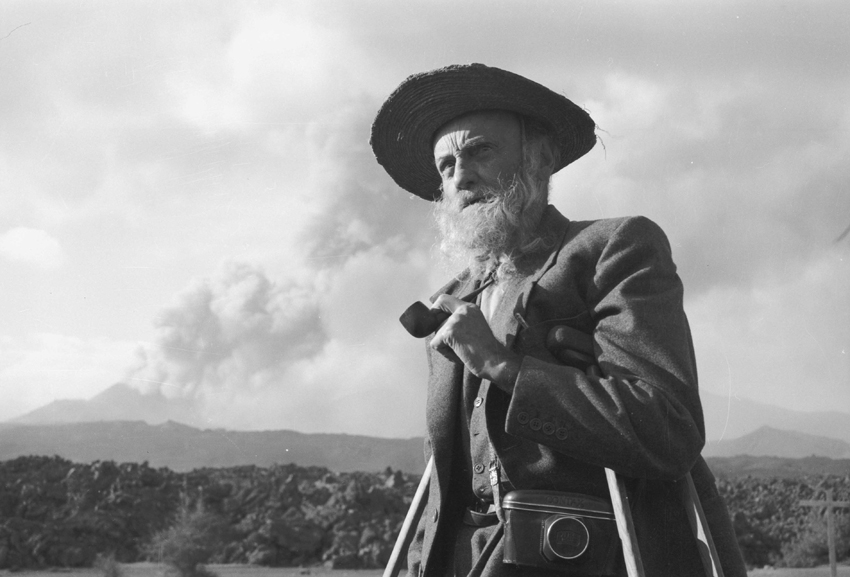
**************
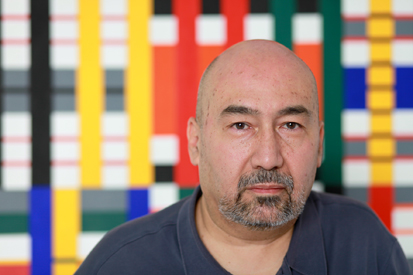
Alberto Lenz is an artist living in San Miguel de Allende dedicated to sculpture, painting and architecture. Recently, he is also working on the design of jewelry and textiles, under his XIDO-Estudio brand. He is also promoting the project of the CREATIVE HUB of San Miguel, to develop the creative industries in the city.
You must register and log in to write a comment.
Please use the "login" link at the top (right) of the page.
|
|